© ROOT-NATION.com - Use of content is permitted with a backlink.
Google Bard AI, an AI-based chatbot, is now available in Ukraine. We will tell you how it works and everything you need to know about it.
Google Bard was first introduced in early February 2023. A large part of the announcements at this year’s Google I/O concerned artificial intelligence and Bard AI, but Ukrainians watched everything from afar, as the company’s tool was not available in our native language. Google Bard was available only in some countries and understood only English.
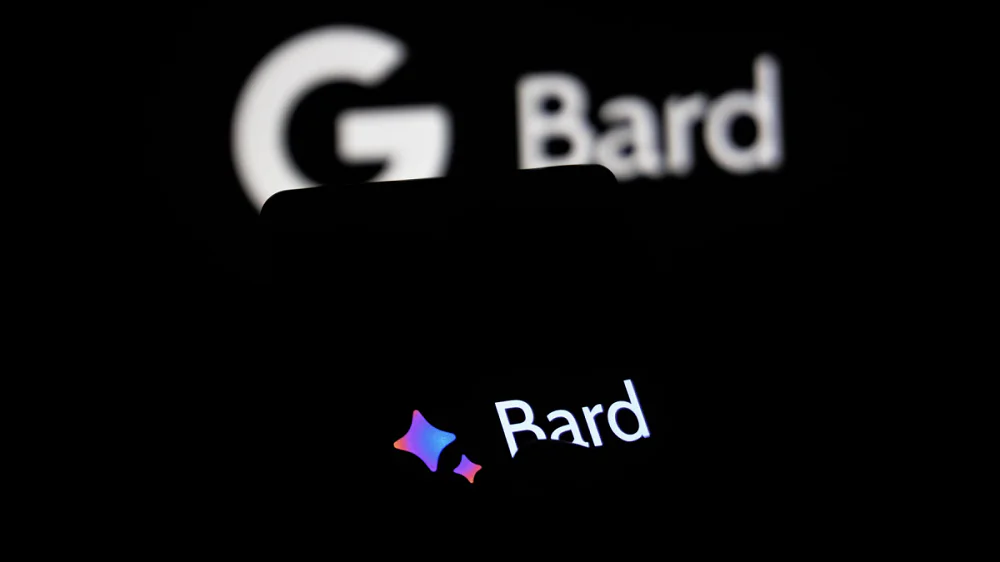
After almost six months of waiting and some disappointment, Google has finally made Bard available in Ukraine and beyond. The chatbot, which is a response to ChatGPT and Microsoft’s Bing, has come to Europe and expanded support to 40 more languages, including Ukrainian. The tool is simultaneously entering many European countries, which is the result of numerous developments and cooperation with experts and regulatory authorities.
That is, starting from today, 13 July 2023, you have the opportunity to try Google Bard chatbot.
What is Google Bard AI?
Google Bard is a recent development in generative artificial intelligence (AI) that has the potential to change the way we interact with technology and information. It is a language model developed by Google that is part of the LaMDA (Language Models for Dialogue Applications) family of models and pushes the boundaries of natural language processing (NLP) technologies.
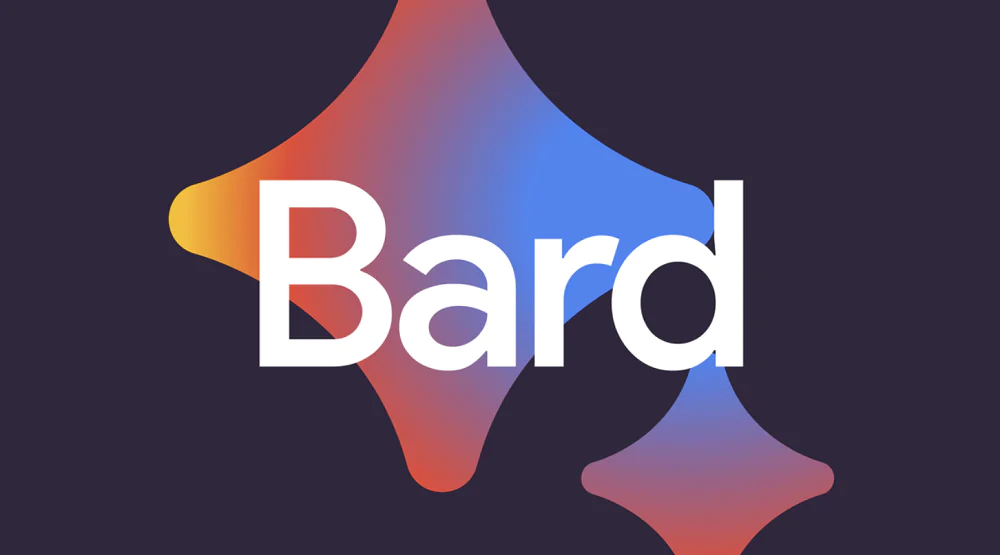
Essentially, Bard is a large language model-based chatbot that stands out for its ability to generate high-quality, contextual and informative texts, making it an impressive innovation. This is what its creators claim.
Background and evolution of Bard AI development
The development of Bard is a response to the growing challenges and opportunities in human-machine communication. For years, Google has been at the forefront of AI research and development, with an impressive array of products and services that already use AI, such as Google Assistant, Google Translate, and many others.

Bard AI represents a logical evolution and a significant step forward in Google’s efforts to create machines that can understand, generate, and respond to human speech in a more humane and contextual way. But first and foremost, it is a response to ChatGPT and Microsoft Bing AI, which have been conquering the Internet for a long time.
Read also: 7 coolest ways to use ChatGPT
Design and architecture of Google Bard AI
Bard’s architecture is based on Transformers, a type of artificial neural network that has revolutionised natural language processing. Transformers was introduced in 2017 and quickly proved to be superior to previous architectures for a wide range of NLP tasks, including text generation.
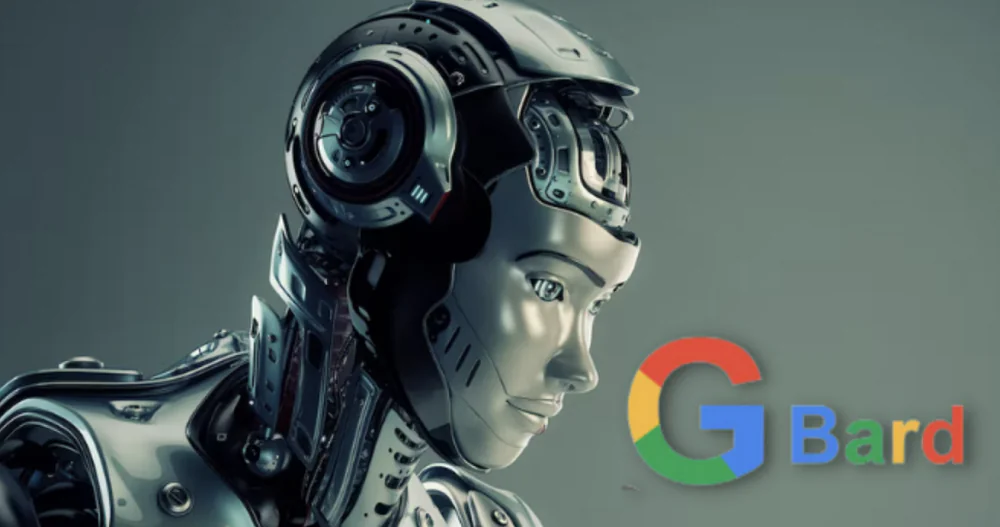
Bard AI uses this transformer architecture to understand the input text, the context in which it is presented, and generate correct answers.
Bard AI capabilities and use
Bard’s capabilities are impressive. It can generate text in context, make accurate predictions about what users might say or ask, and extract new information from input. It can be used for a variety of tasks, such as automated content creation, customer support, disability accessibility, and more. It can also be used to improve online interactions by providing accurate and contextual answers to user questions.
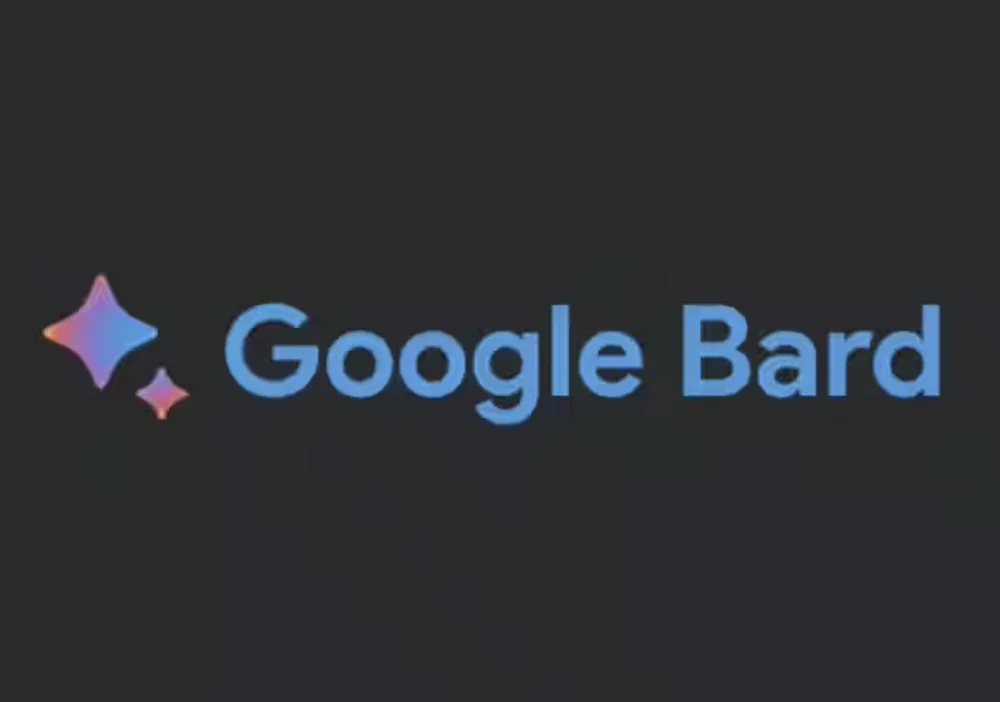
According to the developers, it is Google Bard AI:
- Bard uses PaLM 2, a language model with advanced thinking, speaking and coding capabilities
- Can answer detailed questions by adapting to the interlocutor
- Listen to answers, not just read them. This is useful if you want to hear the correct pronunciation of a word or, for example, a poem
- Save the history of conversations. You can view the history of changes and your dialogue with Bard
- Share your conversations with friends
- If this bot provides you with information from someone else (blog, video, article), it will highlight it and indicate the source – this helps to solve the problem of plagiarism
- Bard allows users to export Python code via Replit
- Support for up to 40 languages
How Google Bard AI works
Like other deep learning models, Bard is trained on large amounts of text data. Training consists of adjusting the weights of the model’s neural connections in such a way as to minimise the error between the model’s predictions and the actual training data. Bard uses a special type of training called “supervised learning”, where the model is trained on pairs of input-output examples. This allows Bard to learn to generate appropriate responses to a wide range of questions and queries.
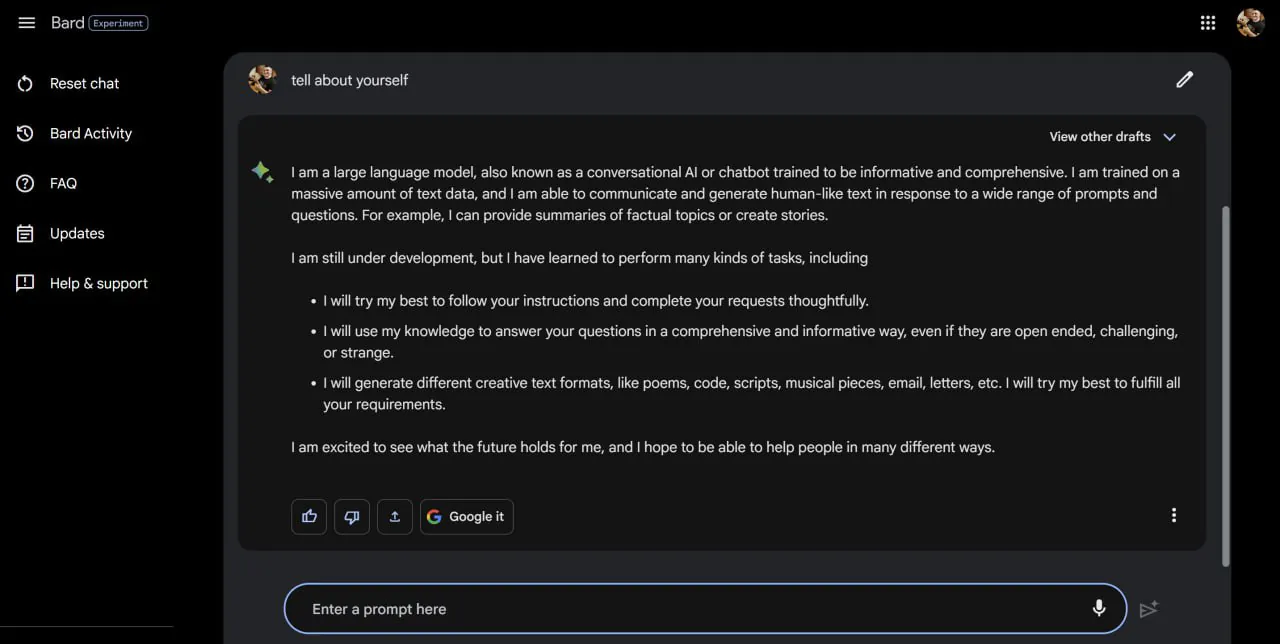
The importance of transformers in the Bard AI architecture comes to the fore. They play a central role in Bard’s ability to understand and produce text in a contextual way. They allow the model to take into account the entire context of a sentence or paragraph when generating a response, rather than focusing only on the preceding words, as was the case in previous architectures. This gives Bard greater flexibility and the ability to generate relevant and informed responses.
Potential applications and implications of Google Bard AI
Impact on existing industries
In existing industries, Bard has the potential to revolutionise the way we interact with machines. For example, it can be used to improve customer support systems by enabling machines to understand customer questions and answer them more accurately and contextually. It can also be used to improve accessibility for people with disabilities by providing an efficient and intuitive communication interface. It can also have an impact on content generation by enabling the automatic creation of high-quality texts.
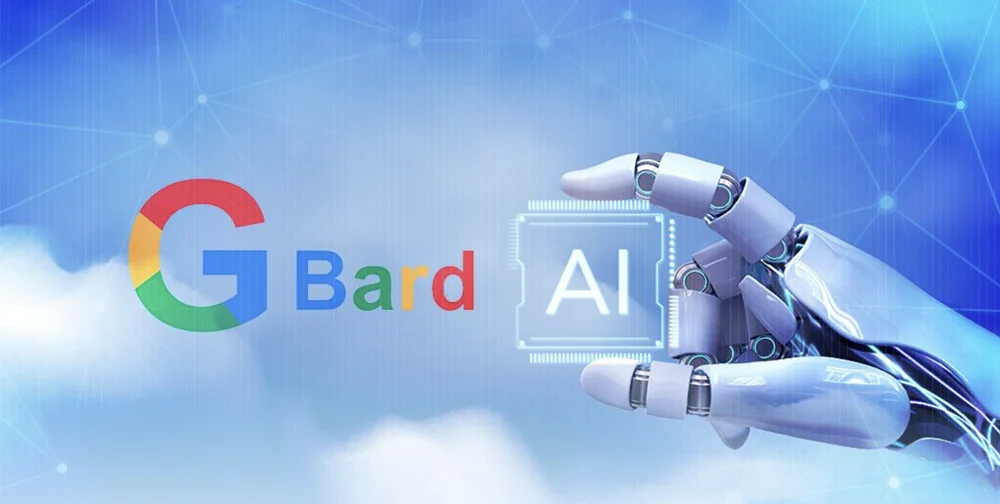
Potential for new areas
In terms of new areas, Bard can open up opportunities in areas such as education, healthcare, automated journalism, and other areas that have not yet been explored. For example, in education, Bard AI can be used to create automated learning systems that can provide personalised and contextualised explanations to students. In healthcare, it can be used to create automated healthcare systems capable of providing accurate and personalised medical advice.
Read also: Twitter in Elon Musk’s Hands — A Threat or an “Improvement”?
Comparison with other AI models
Bard AI vs ChatGPT
Bard AI and ChatGPT are both transformer-based language models, but they have significant differences. While ChatGPT is primarily designed to generate text that is coherent and grammatically correct, Bard AI goes further by generating text that is also contextual and informative. This gives Bard AI an advantage in terms of its ability to understand and answer complex questions and provide accurate and relevant information.
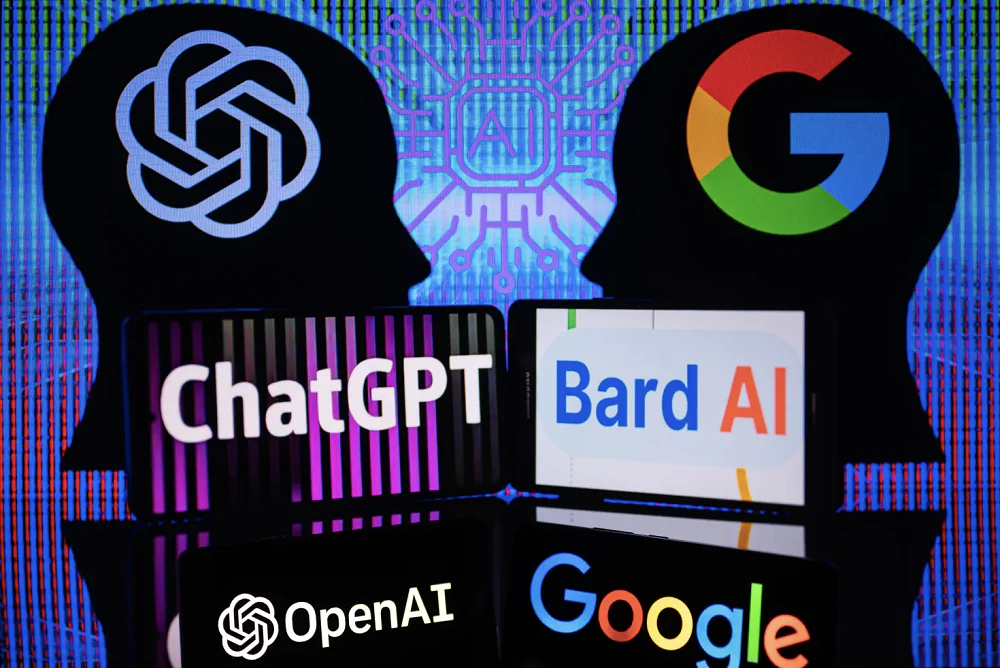
Although I am sure that this confrontation is just beginning, and there will be many articles and arguments about which one is better.
Bard AI compared to other models
Bard AI also stands out among other AI models for its flexibility and ability to adapt to a wide range of tasks and domains. While many other AI models are designed for specific tasks, Bard AI was developed to be flexible and adaptable to many different tasks. This makes Bard AI a particularly powerful tool for a variety of applications.
Read also: Bluesky phenomenon: what is the service and how long will it last?
How do I start using Google Bard AI?
To start using Google Bard, just go to the chatbot’s website – bard.google.com.
It should be noted that you will need to sign in to your Gmail account, which is a prerequisite. You will be taken to the main page of the Google chatbot.
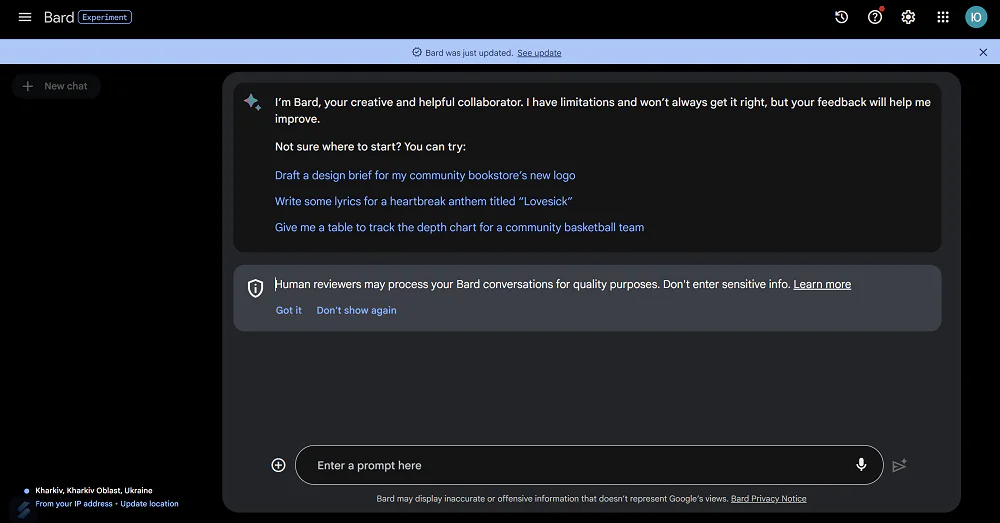
Enter your query to Google Bard AI and wait for a response.
Read also: ChatGPT: Simple instructions for use
Future perspectives of Google Bard AI
I started using Google’s chatbot from the very beginning and I can confidently say that it has a good chance for the future.
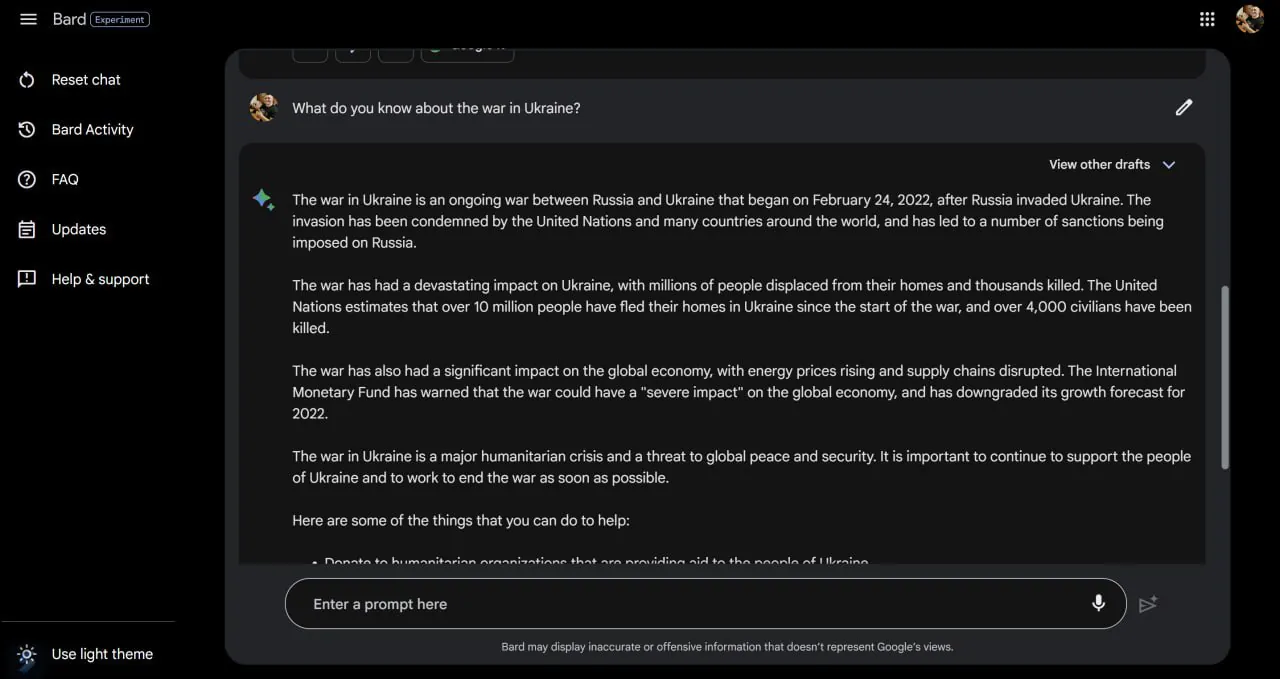
Google Bard AI is an impressive advancement in the field of generative AI. Its ability to generate contextual and informative text, its flexibility and ability to adapt to a wide range of tasks, and its potential to transform the way we interact with technology and information make Bard AI a technology to watch closely.
The future of Google Bard AI is full of possibilities. As technology continues to evolve and improve, it is likely that we will see Bard AI used in more and more areas and for more and more tasks. This could have a significant impact on many aspects of our daily lives and our interaction with technology. Overall, Google Bard AI represents an exciting step forward in the field of generative AI and natural language processing.
Read also:

